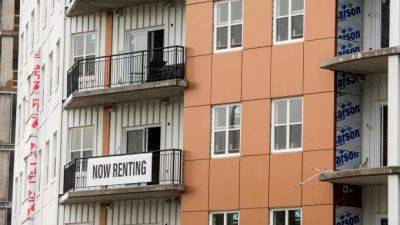Canada’s carbon price will increase on April 1. By how much?
Canada’s carbon price is set to increase next month despite several premiers asking Ottawa for a pause.
The carbon price is a “cornerstone policy” of Prime Minister Justin Trudeau’s minority Liberal government, said Hadrian Mertins-Kirkwood, a senior researcher with the Canadian Centre for Policy Alternatives.
But provincial leaders like Newfoundland and Labrador Liberal Premier Andrew Furey are calling for a halt over affordability concerns.
So how much is the carbon price going up by? Here is what you need to know.
The looming April 1 carbon price hike is not an “unexpected increase,” Mertins-Kirkwood said.
“The idea is that by putting a price on pollution, people will use fewer fossil fuels, and that drives down overall emissions from the economy,” Mertins-Kirkwood told Global News.
Annual increases make up the government’s overall pricing scheme. In fact, increases are planned until at least 2030.
“A province or territory can decide to voluntarily adopt the federal pricing system,” the government said on its website.
“If a province or territory decides not to price carbon pollution or proposes a system that does not meet the minimum national stringency standards, that jurisdiction is subject to the federal pricing system to ensure there is an appropriate price on carbon pollution across Canada.”
British Columbia, Quebec and the Northwest Territories are the only regions that have their own carbon pricing systems in place.
The planned April 1 increase will be most noticeable at the gas station and on energy bills in provinces and territories where the federal backstop plan applies, Mertins-Kirkwood said.
“It’s still a smaller effect on your energy bills than just the global price of oil, or even things like corporate






